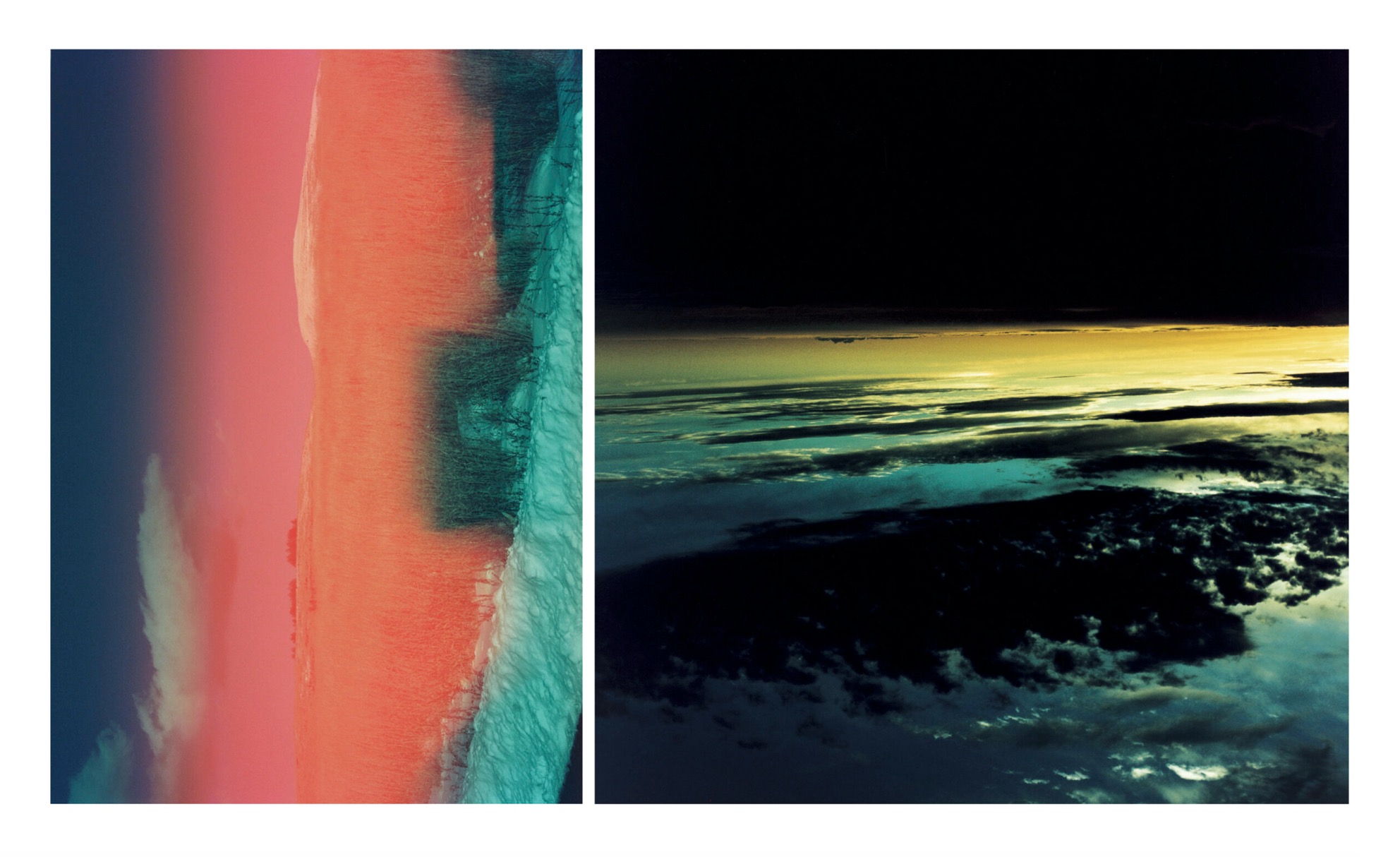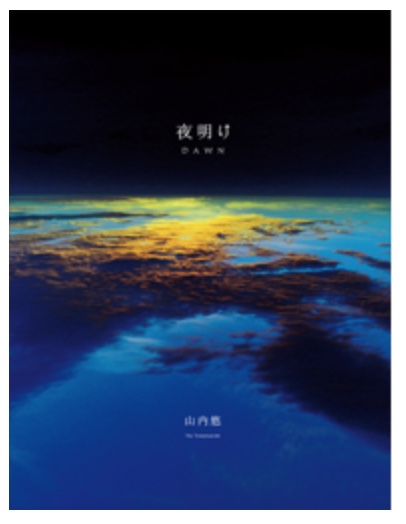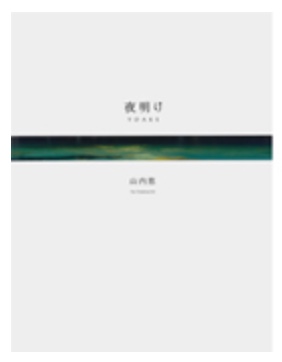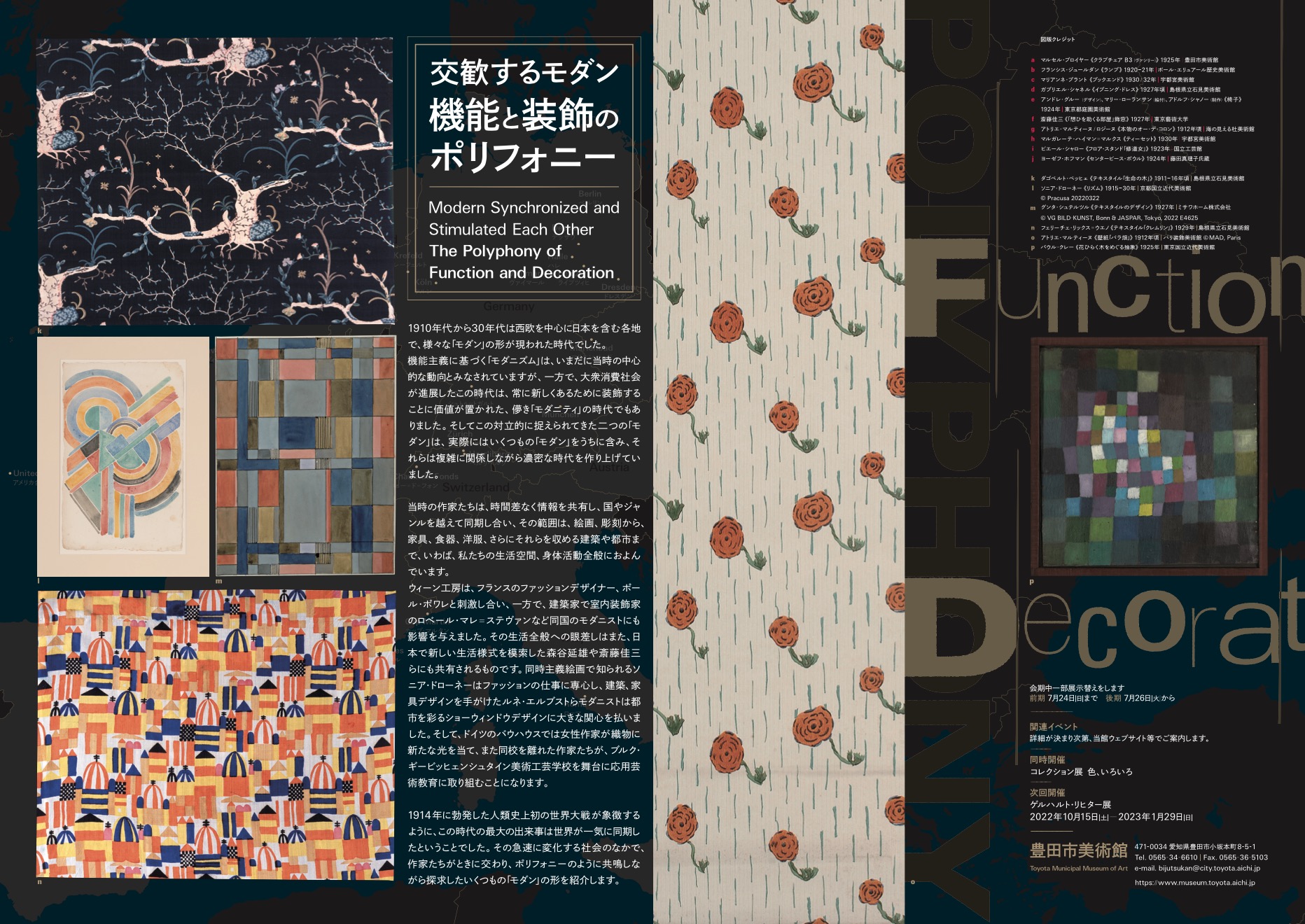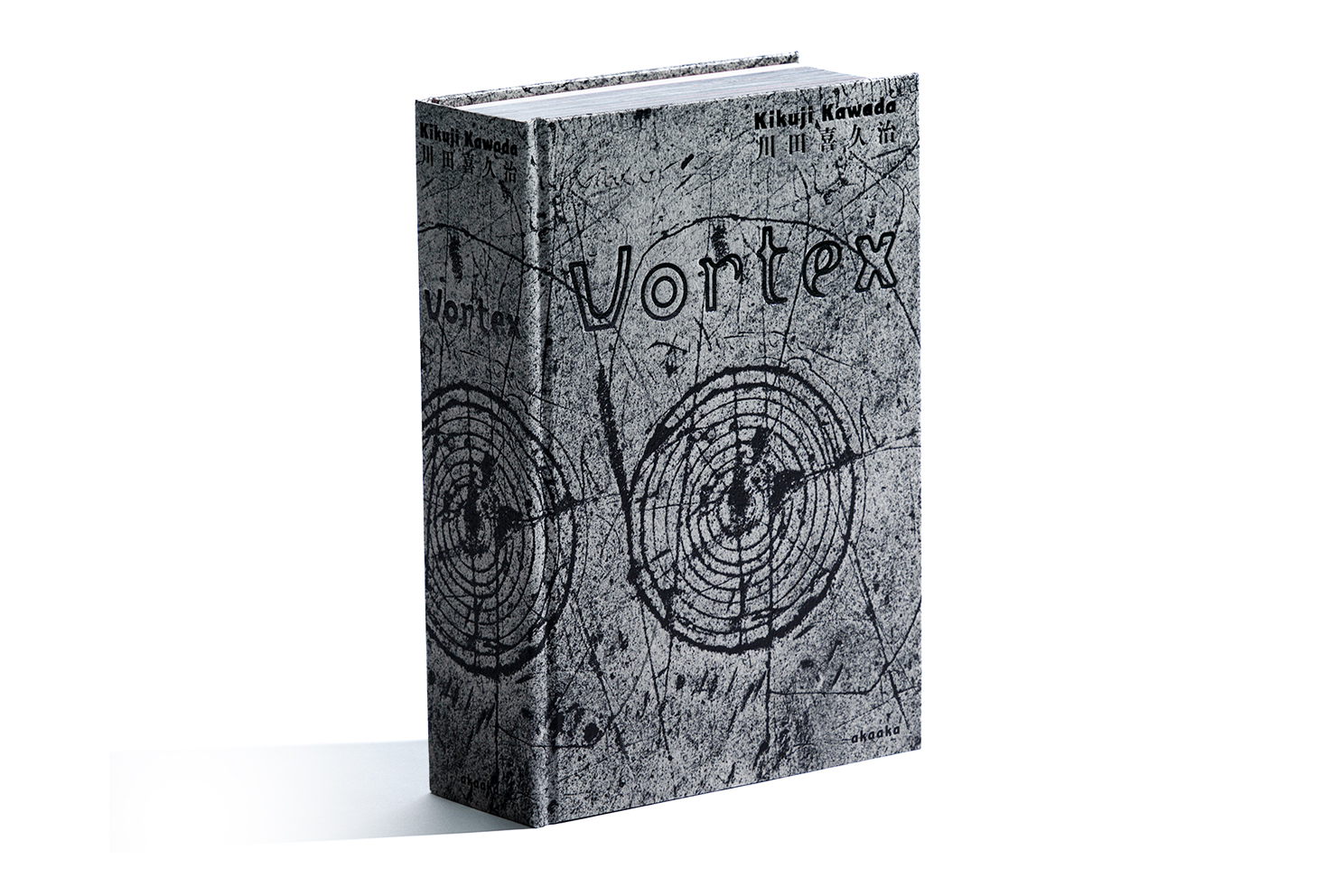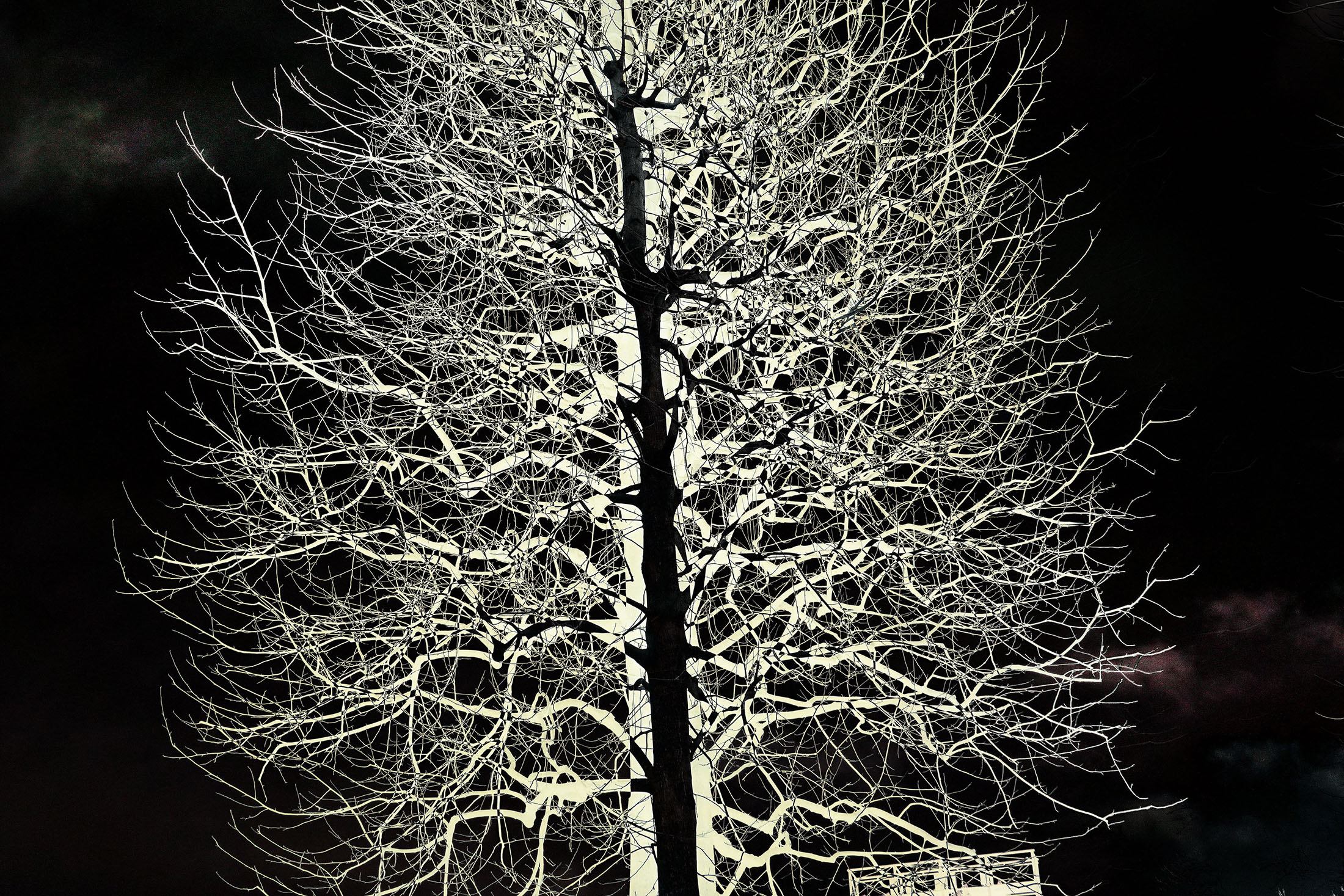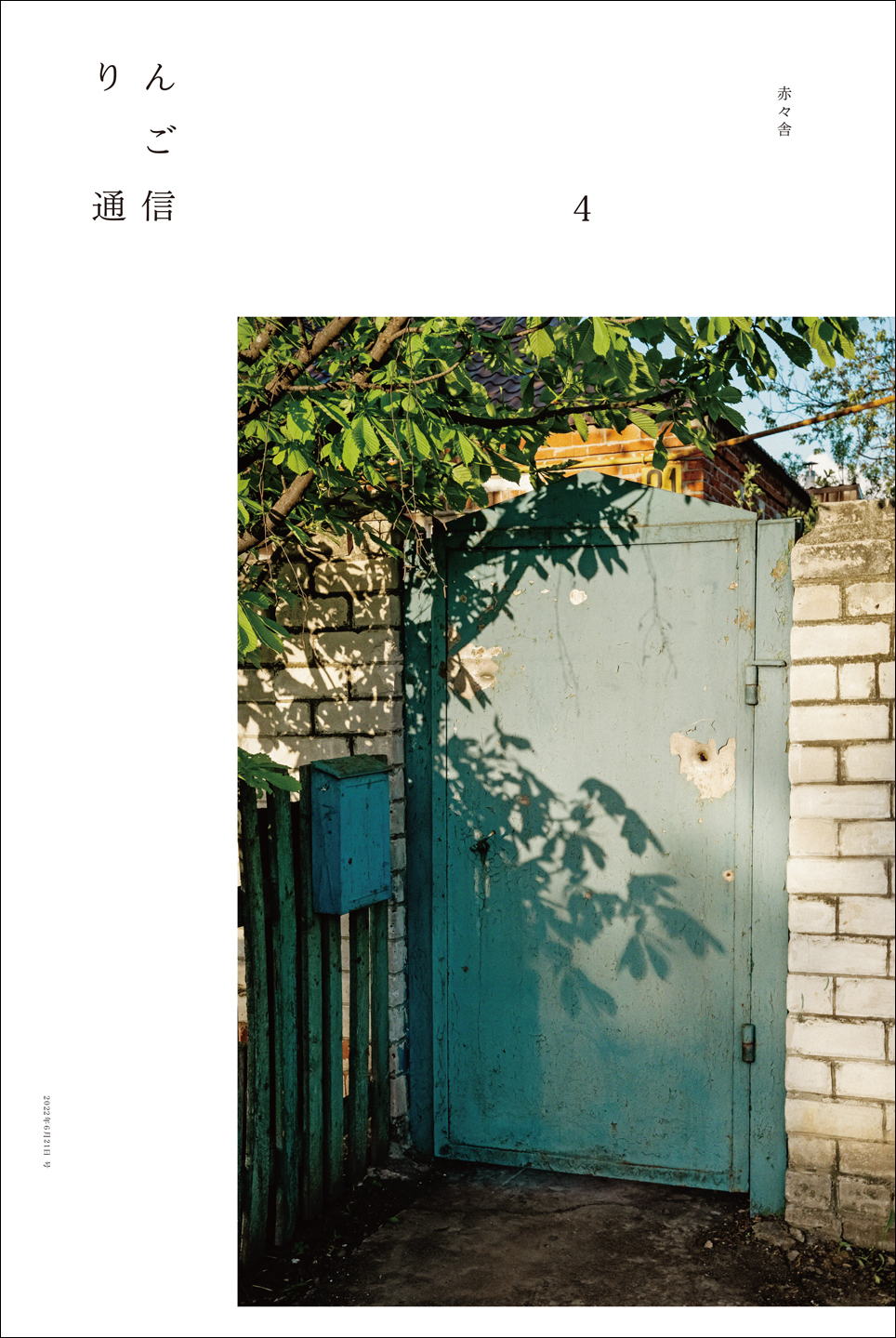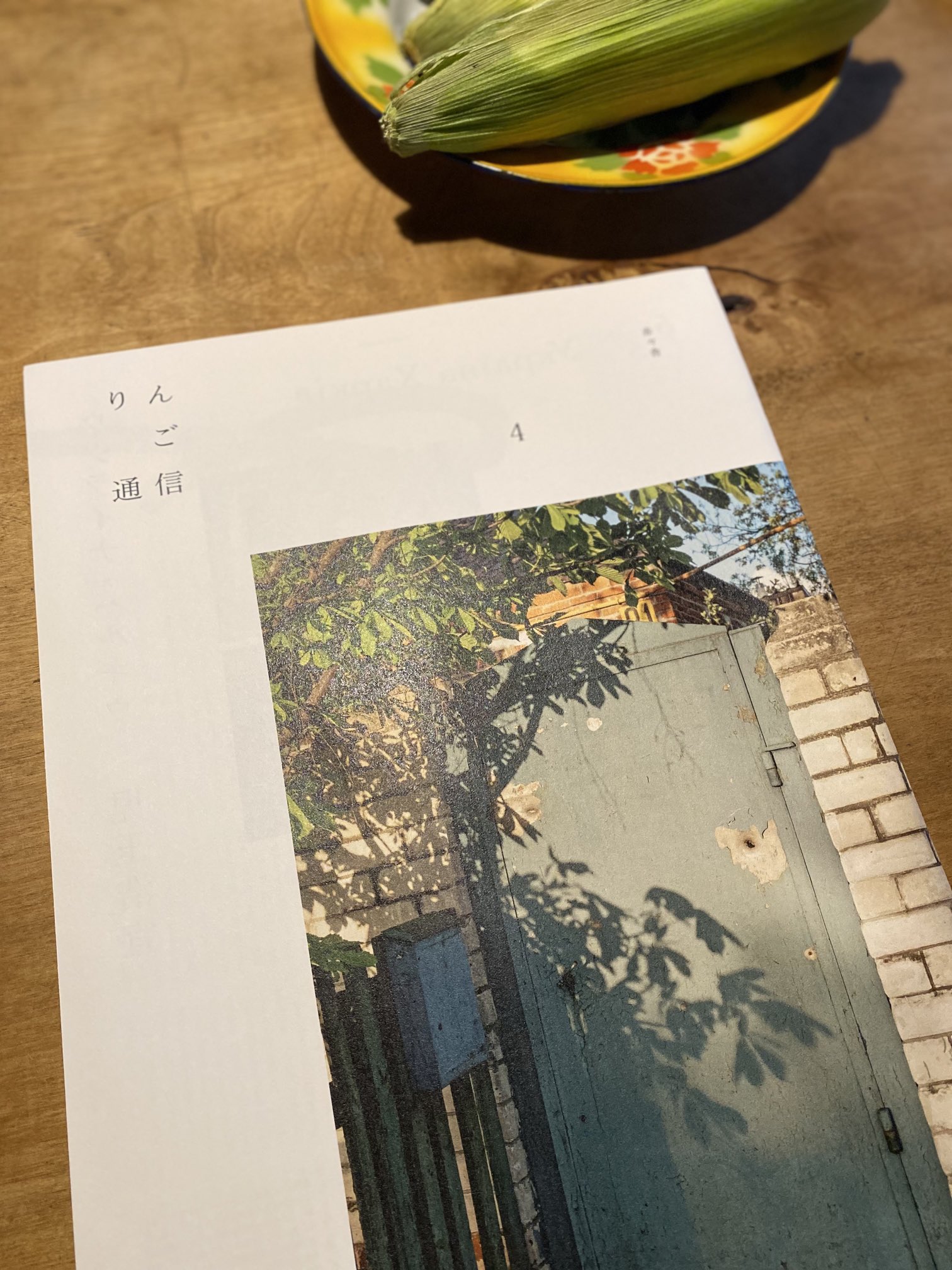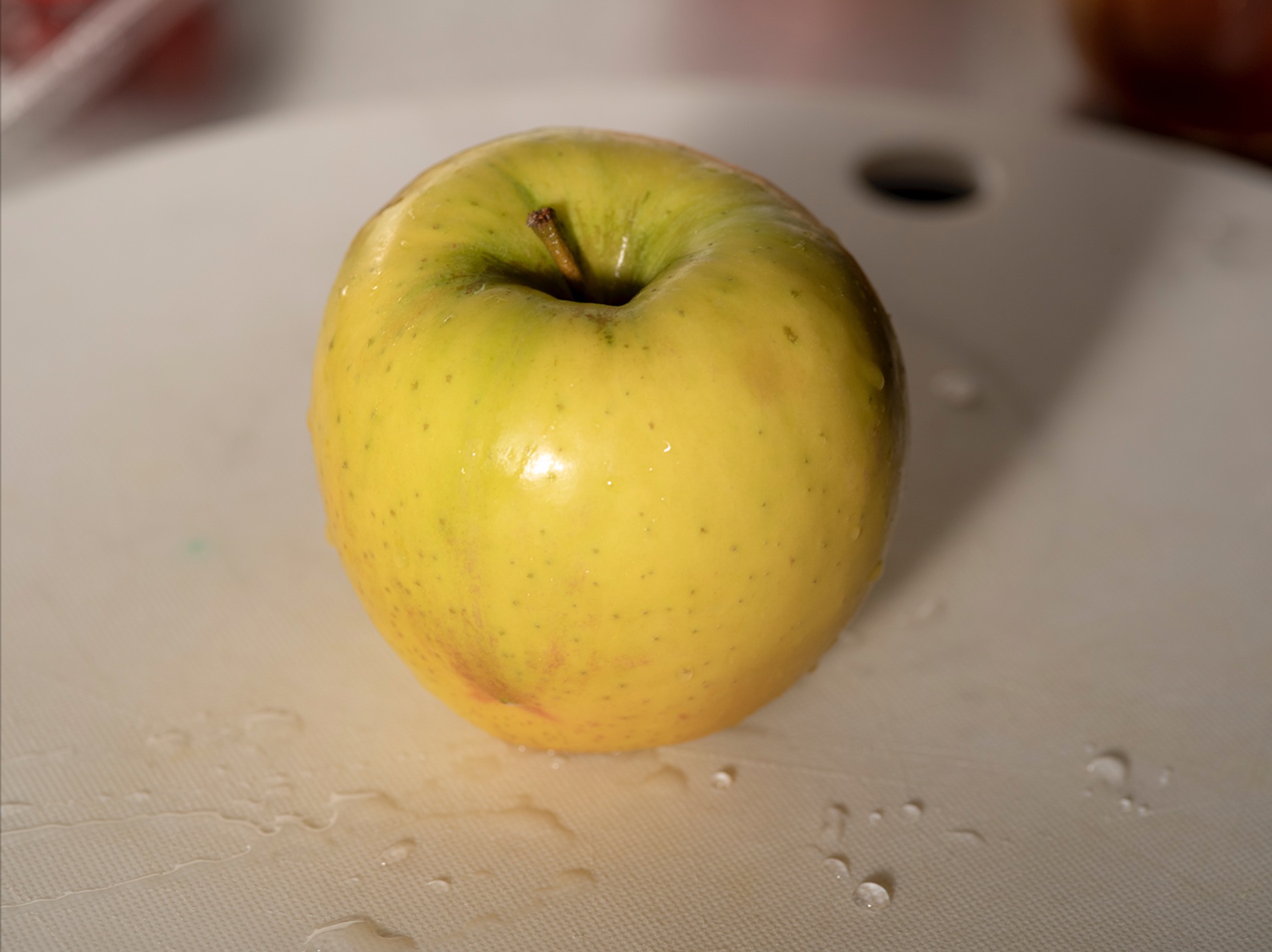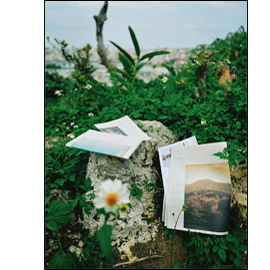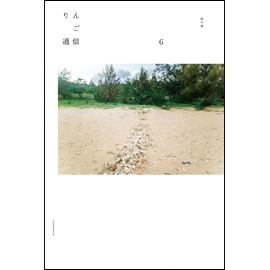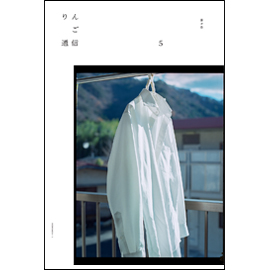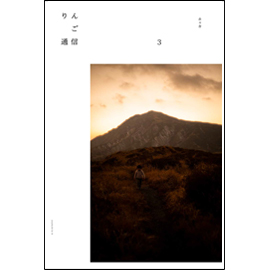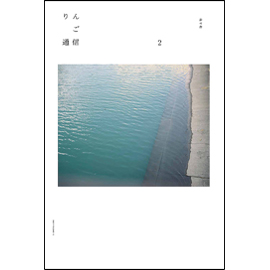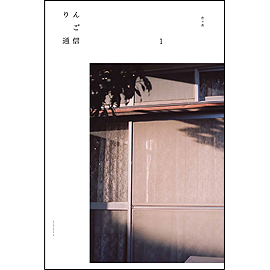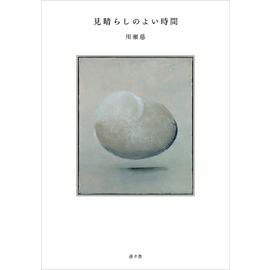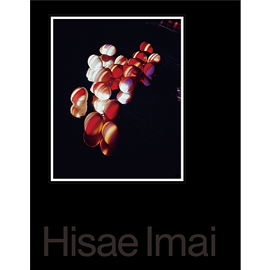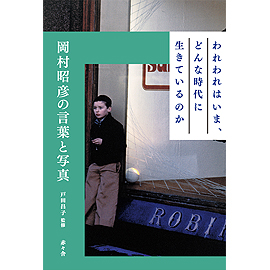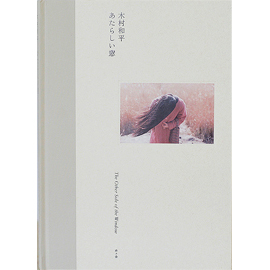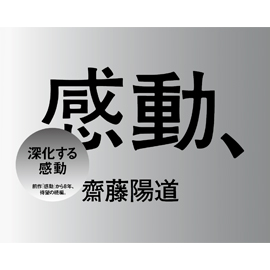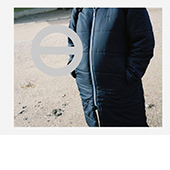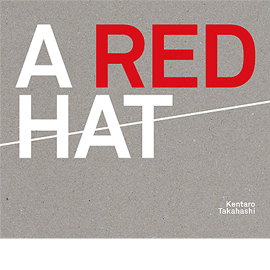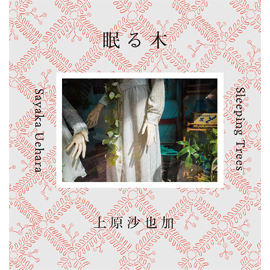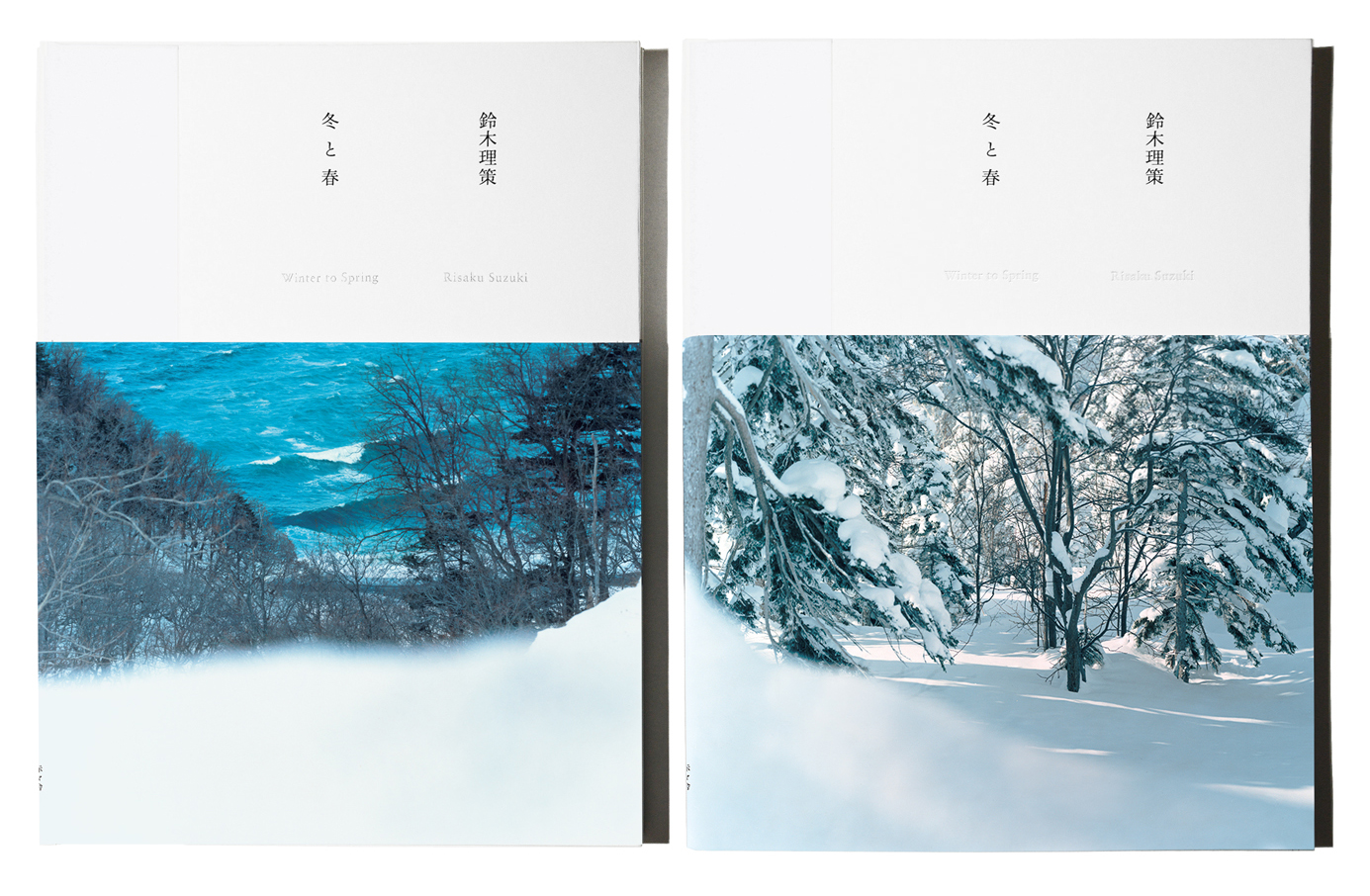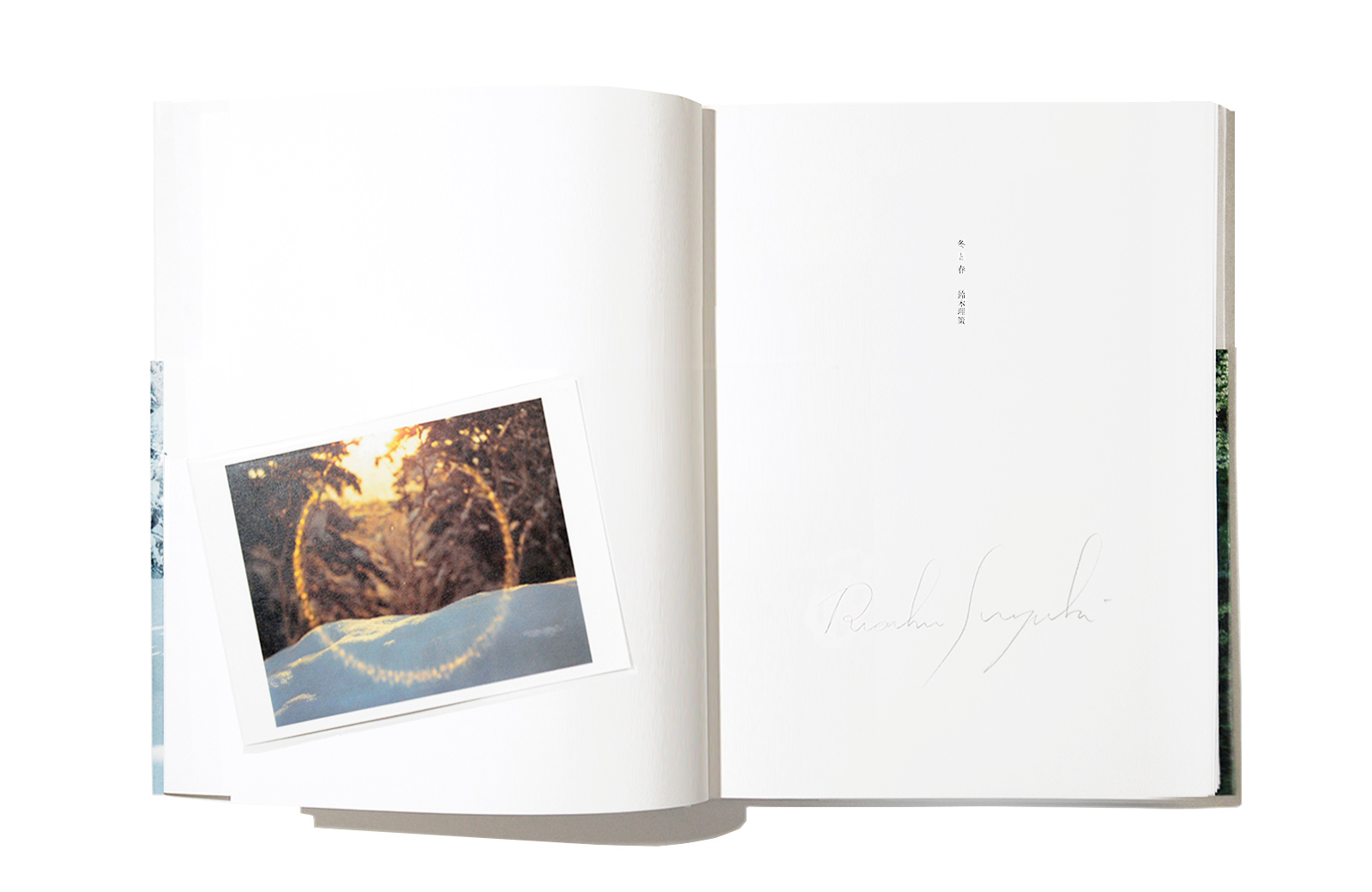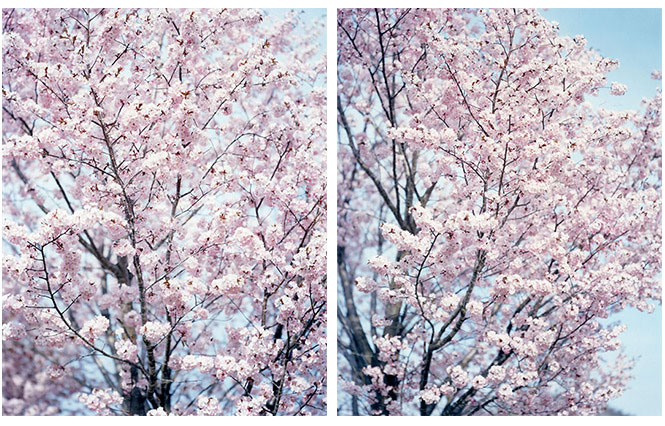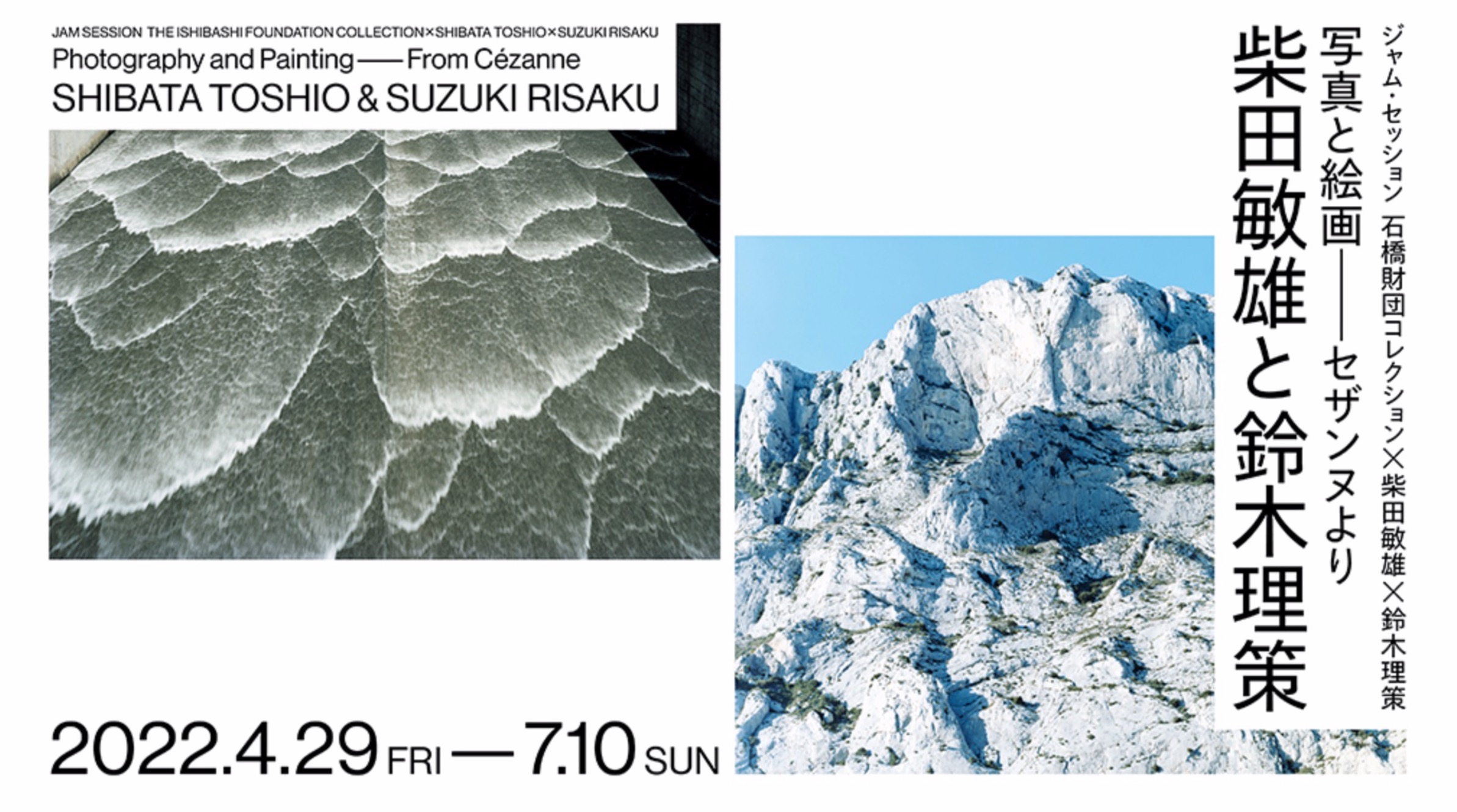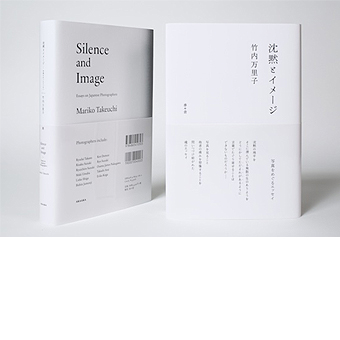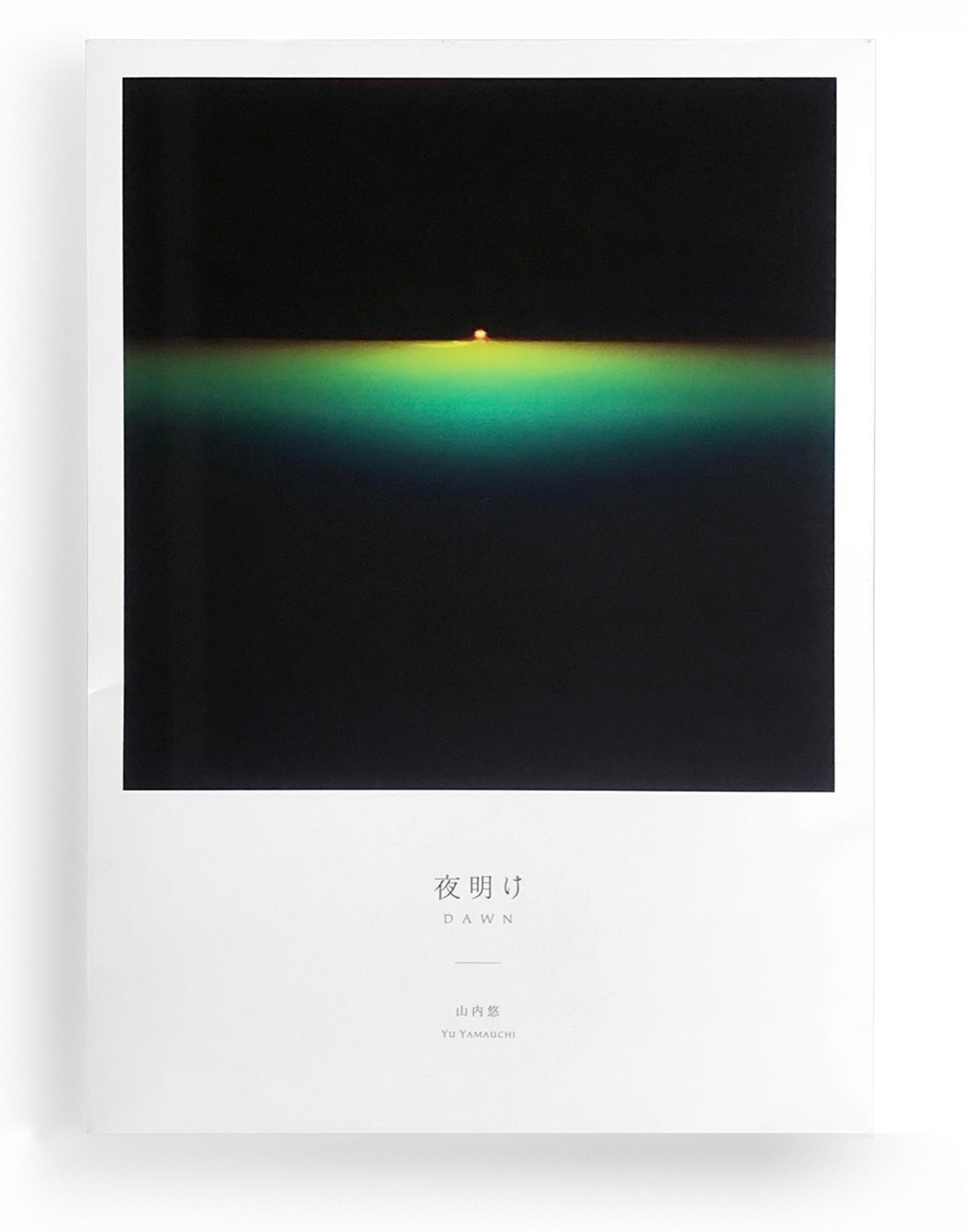
山内悠 夜明け【特別版】
発行:PURPLE 発売:赤々舎 Size: H420mm × W295mm Page:34 pages Binding:pocket fold case|half fold without glue and stitching Published in July 2022 ISBN:978-4-86541-155-3 |
¥ 3,800+tax
国内送料無料!
お支払い方法は、銀行振込、郵便振替、 クレジットカード支払い、PayPal、PayPay よりお選び頂けます。 |
|---|
About Book
初版から12年、新装版から10年─
DAWN【Special Edition】
Yu YAMAUCHI
To create "DAWN", Yu Yamauchi lived on the summit of Mt. Fuji for almost five months straight--four years in a row. During this time, almost 600days, Yamauchi photographed the sunrise ("DAWN") from this point nearly 3000m above sea level. The results of this effort are often spectacular: at times the photographs almost seem to show an alien world, full of brilliant yellows, searing oranges, and radiant blues. But this book is not just about showing a beautiful scenery which is far removed from our daily lives. By reaching a point as far away from the earth--and as close to outer space--as possible, Yamauchi asks the viewer to consider their own existence.
This special edition, published 12 years after the first edition and 10 years after the new edition, is now larger (H420 mm x W295 mm) . It gives us the impression of an expansive picture book of the universe.
"I lived in a hut near the summit of Mt. Fuji, the highest mountain in Japan,
for five months straight, four years in a row,
for a total of 600 days. Each morning,
I photographed the dawn from the same spot, chasing the ever-changing
drama that unfolded before my eyes.
Ten thousand feet above sea level, this place is literally above the clouds,
far from the ground where most of us live our daily lives.
It is also the threshold between Earth and outer space.
Being there reminds me of the simple fact that
we live on a planet within an infinite universe.
Constantly shifting,
the clouds look like a membrane encapsulating the Earth.
When the Sun rises behind a cloud-forming horizon,
the world that was painted in blue just a moment before
suddenly looks completely different.
I witnessed this magical transformation many times.
Intensely red and increasingly bright, the Sun soon radiates dazzling lights.
Everything starts to move where its rays reach:
The air warms, the wind shifts, the clouds transform and the songs of birds
are vaguely heard underneath.
Tam dearlv awakened and so is the space around me.
At such a moment I wonder,
What is light? Is it an energy manifested by love?
Perhaps it is all about a breath of the universe, far beyond our
life and death- or even the rotation of the Earth.
No matter how complicated society gets or how fast times change,
we are a part of a vast unknown terrain that creates this rhythm.
Thinking this way, it seems to me that our existence itself is also
a vast unknown terrain
For me, this work offers a simple reminder:
We are resent in the here and now."
Yu YAMAUCHI
Related Exhibiton
山内悠「夜明け、残像」展
会期:2022年8月27日(土)〜9月11日(日) 時間:13:00〜20:00(平日)、11:00〜19:00(土日) 休廊:水曜日 会場:PURPLE (京都市中京区式阿弥町122-1 式阿弥町ビル 3F) |
Artist Information
山内悠
1977年、兵庫県生まれ。
長野県を拠点に国内外で作品を発表。独学で写真をはじめ、スタジオフォボスにてアシスタントを経て、富士山七合目にある山小屋に600日間滞在し制作した作品『夜明け』(赤々舎)を2010年に発表。2014年には、山小屋で暮らし主人に焦点をあて、山小屋での日々を著した書籍『雲の上に住む人』(静山社)を刊行。2020年、モンゴルで5年をかけて撮影した写真を収録した『惑星』(青幻舎)を発表する。
-受賞-
color imaging contest 2006 特選受賞
第31回写真新世紀 佳作(野口里佳選出)
International Photography Award 2009 Fine Art部門 Honorablemention受賞。
-作品収蔵-
清里フォトアートミュージアム
Yu Yamauchi
1977 born in Japan.
Start taking a photograph on your own since 14 yaers old.
2010, Autumn "DAWN" was released.(From AKAAKA)
2014, Summer "A man Living above the clouds" was released.(From Seizansya)
2020, Summer "PLANET" was released.(From SEIGENSHA)
-AWARDS-
New Cosmos Of Photography 2008/ Honorable Mention
color imaging contest 2006 / Special Award
-PUBLIC COLLECTION-
Kiyosato Museum of Photographic Arts (2011)
-SOLO EXHIBITION-
2022
DAWN-PHOTOGENE(PURPLE KYOTO)
PHOTOGENE(OGU MAG TOKYO)
PHOTOGENE(YOHAKU NAGANO)
2021
PLANET(CELLA MASUMI NAGANO)
PLANET(TAGASTA FUKUOKA)
PLANET(Museum of Photography NaraCity )
2020
PLANET(Moerenuma park Sapporo,HOKKAIDO)
DAWN (MIYAKO YOSHINAGA NYC ,USA. 2012 ), DAWN(Spiral Garden Aoyama, TOKYO. 2012 )
and more solo exhibitions...
-GROUP EXHIBITION-
2022
「JUST VISITING THIS PLANET」(MIYAKO YOSHINAGA NYC ,USA.)
2020
Revela't 2020 ( Spain Barcelona)
and more Group exhibitions..
Related Items
|
out of stock |
|---|

